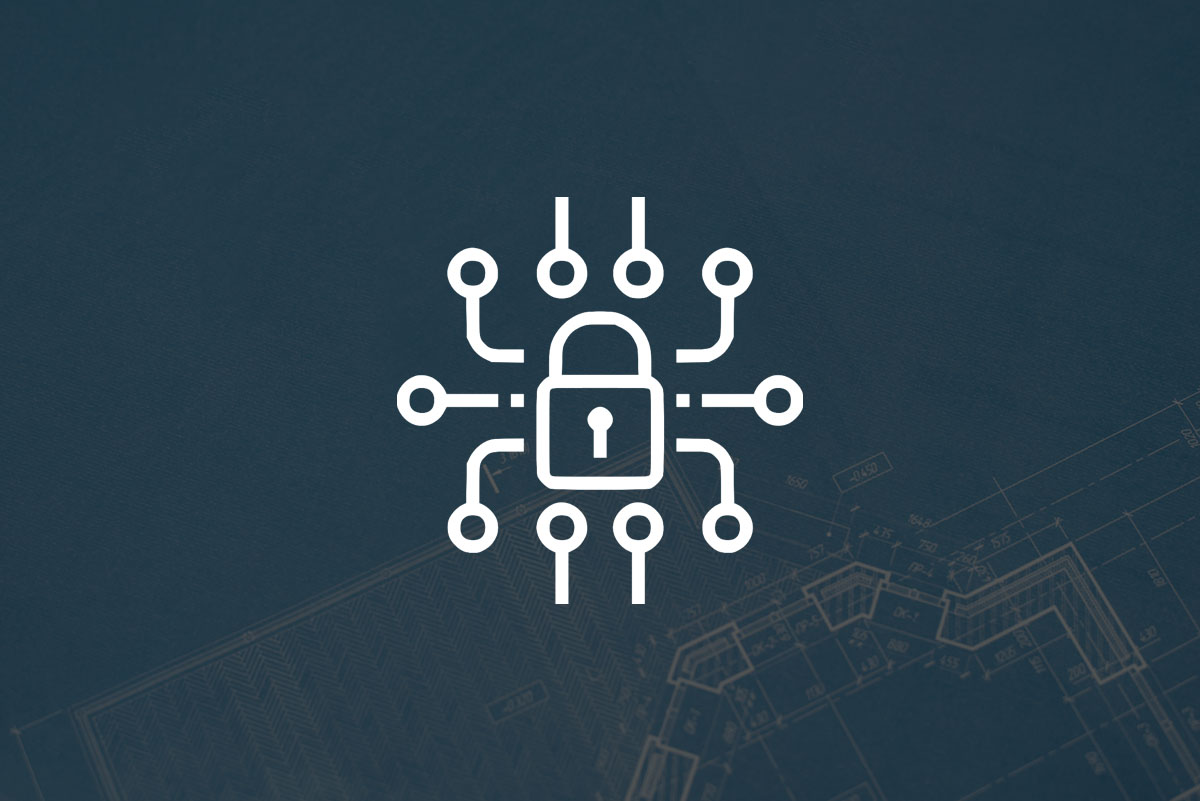Security Blueprint: How to Get Your Marketing & Goal Setting Right

A solid security blueprint helps you to provide the cybersecurity and threat protection solutions that your customers increasingly demand. But the success of any cybersecurity blueprint relies on a solid marketing strategy and setting the right goals for your business.
What does that mean?
To shed some light, let's look a little deeper at each of these key areas.
How to Get Your Marketing Right
Your marketing strategy needs to achieve a few critical objectives:
- Align with your business plan
- Define your target plans and the marketing mediums you intend to use
- Help drive your business goals
Crucially, your security blueprint marketing strategy also needs to focus on your services and the benefits you’ll offer to partners — rather than the solutions and technology you provide.
Defining a cybersecurity blueprint marketing strategy begins with examining your value proposition. This outlines the products and services you offer, what makes you stand out from your competitors, and why customers should buy from you.
You can then detail how you’ll sell and deliver your products and services, including identifying the channels you want to use to target customers. This strategy needs to follow the ‘Five Ps’ marketing rules of price, promotion, place, people, and process.
From there, you can commission market research that helps you to establish your target audience and create customer profiles. This includes understanding the types of organizations you want to target, who their decision-makers are, and their purchasing and behavioral habits.
How to Communicate with Customers
With your target customers defined, it’s vital to understand how to communicate with them effectively.
While there are some general best practices to follow regardless of your audience, the specifics may differ depending on whether you’re communicating with new business targets or existing customers.
- Existing Customers: Marketing to existing customers requires consistent, ongoing communication. It requires regular touchpoints, such as phone calls and emails, about best practices along with active discussions around customers’ next steps.
- New Customers: When communicating with net new customers, the focus needs to be on what you can help them achieve if they partner with you. Having a good brand image in the organization’s peer group can be crucial to your success here. It encourages customers to elevate your reputation through word of mouth and strengthens your position heading into new sales processes.
How to Set Achievable Goals
In addition to a solid marketing strategy, you also need to set attainable and realistic goals, which is only possible by assessing the current state of your business.
Factors you need to consider include:
- Who you’re selling to and how
- How many deals you have and the size of those deals
- The amount of revenue you’re bringing in
- Your sales cycle process
- Lead conversion figures
- What’s driving your customers’ purchases
- Your current resources
Getting a good grasp of this information lays the foundations for setting future goals and helps you assess whether your growth targets are realistic. This includes establishing a firm understanding of why you want to expand your offering, the solutions you want to add, the types of businesses you’re targeting, and your go-to-market strategy.
Goal setting tends to be a curved progression that starts slowly and accelerates as you progress. It’s essential to set goals low, aim to build momentum, and increase expectations as your expertise develops.
Like your marketing strategy, this often depends on whether you’re targeting new or existing customers. Growth will likely be sharper when targeting existing customers and tends to be a slower process for net new customers.
Furthermore, the SMART framework, which was developed by Peter Drucker, can help you to set goals that are clear and easy to achieve.
This framework offers the following guidelines:
- Specific: Goals that are sensible, simple, and significant
- Measurable: Goals that are meaningful and motivational
- Achievable: Goals that are agreed upon and attainable
- Relevant: Goals that are realistic, reasonable, and results-based
- Timely: Goals that are time-limited and time-sensitive
Learn more about cybersecurity marketing and goal setting by downloading our whitepaper, “From Blueprint to Foundation, Addressing the Gaps in Your Security Design.”
tags
Author
Bitdefender is a cybersecurity leader delivering best-in-class threat prevention, detection, and response solutions worldwide. Guardian over millions of consumer, enterprise, and government environments, Bitdefender is one of the industry’s most trusted experts for eliminating threats, protecting privacy, digital identity and data, and enabling cyber resilience. With deep investments in research and development, Bitdefender Labs discovers hundreds of new threats each minute and validates billions of threat queries daily. The company has pioneered breakthrough innovations in antimalware, IoT security, behavioral analytics, and artificial intelligence and its technology is licensed by more than 180 of the world’s most recognized technology brands. Founded in 2001, Bitdefender has customers in 170+ countries with offices around the world.
View all postsRight now Top posts
FOLLOW US ON SOCIAL MEDIA
SUBSCRIBE TO OUR NEWSLETTER
Don’t miss out on exclusive content and exciting announcements!
You might also like
Bookmarks











